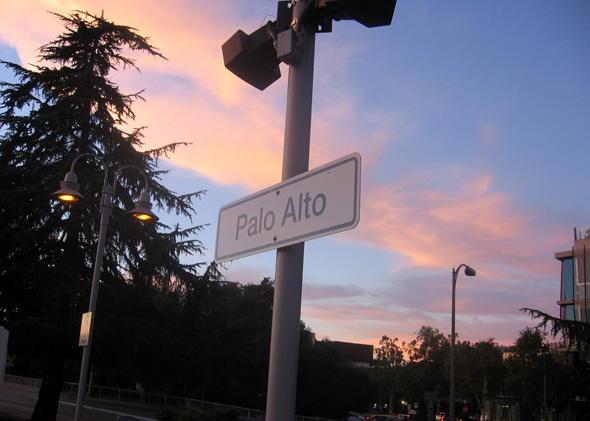A ton of people have audited PG&E's financials. They know where the money goes. The problem is the CPUC is totally fine with where the money goes. They are totally fine with PG&E needing more money so it goes to the same places with rate growth factors in the double-digits per year. That is why more people should be appalled when the CPUC authorizes PG&E to increase natural gas rates charged to customers by ~12%. Yes, natural gas prices have gone up 12%, but the costs PG&E needs to service natural gas have also inexplicably gone up ~12%.
Of course it's not just NG that is going up, if PG&E is allowed to remain bloated, everything has to go up a ton to guarantee the profits.
Many months ago, I posted about the July 1, 2021 General Rate Increase that PG&E submitted. You can see their own pro-forma income statement by the four profit streams they projected.
1. Electricity Distribution
2. Electricity Generation
3. Gas Distribution
4. Gas Transmission and Storage
Go to G-1 to G-4 (pages 102 to 105 of the PDF).
PG&E's stakeholders are guaranteed a 10.25% return on equity (ROE) except for the interpretation around AB 1054 where the particular returns on that segment go to the Wildfire fund.
...







